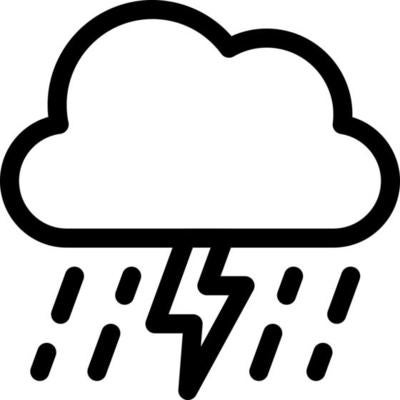1. Fault Detection: The OCR detects an irregular flow of electricity, indicating a fault. These faults can be caused by various sources encountering power lines such as storms, animals, trees or even planned maintenance.
2. Circuit Opening: Once the fault is detected, the OCR opens automatically, interrupting the flow of electricity to isolate the faulted section.
3. Reclosing Attempts: After a brief delay, the OCR attempts to close and restore power automatically. This may happen multiple times based on the cause and pre-configured settings set by your cooperative.
4. Fault Clearance: If the fault is cleared, the OCR successfully restores the power.
5. Failure to Clear: If the fault remains, the OCR will continue to isolate the faulted section and stop trying to reclose after a few attempts. At this point, this has turned into an outage situation and your cooperative will dispatch a maintenance crew to manually repair the fault.






 Blinks are not outages - Though blinks can still be an inconvenience, it is a sign that the protective equipment on the electric grid is actively working to prevent an outage when a fault occurs! A blink is a brief power interruption that typically lasts only a few seconds to a minute and restores itself automatically. It's usually caused by protective systems responding to a minor fault. Outages are a prolonged disruption of electricity when faults are not stopped and become grounded, lasting several minutes to hours. Outages require manual troubleshooting due to larger issues.
Blinks are not outages - Though blinks can still be an inconvenience, it is a sign that the protective equipment on the electric grid is actively working to prevent an outage when a fault occurs! A blink is a brief power interruption that typically lasts only a few seconds to a minute and restores itself automatically. It's usually caused by protective systems responding to a minor fault. Outages are a prolonged disruption of electricity when faults are not stopped and become grounded, lasting several minutes to hours. Outages require manual troubleshooting due to larger issues.